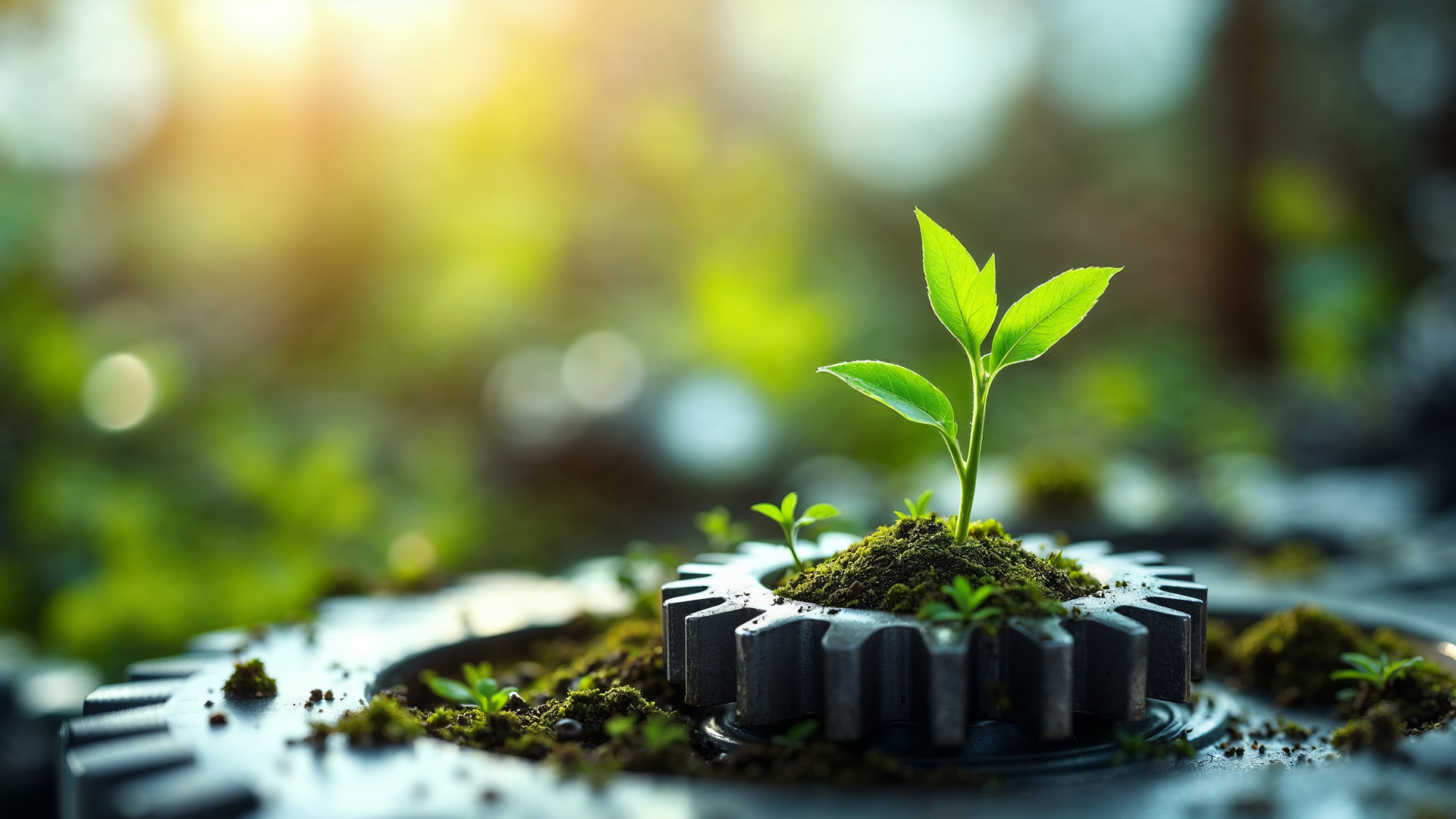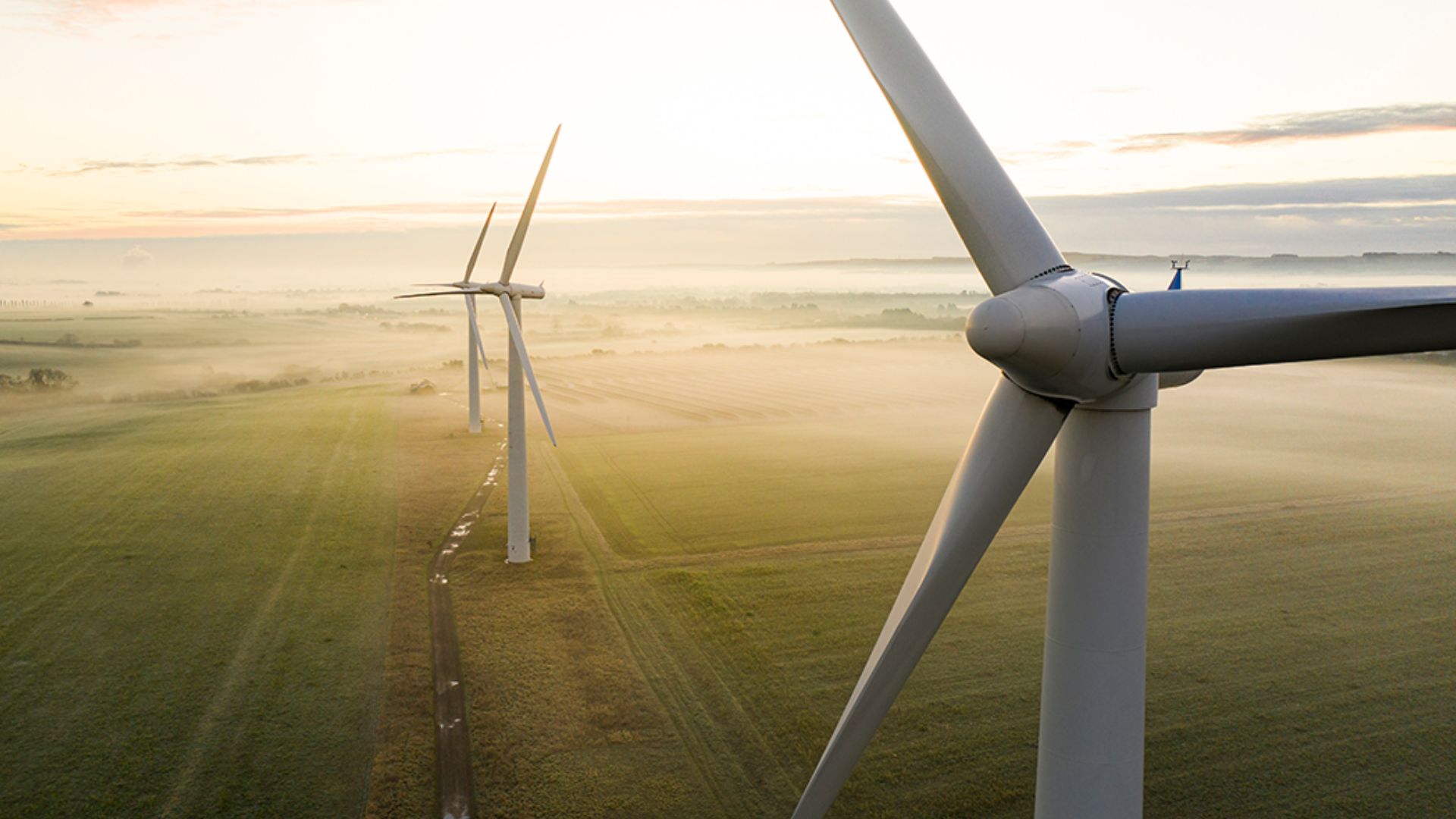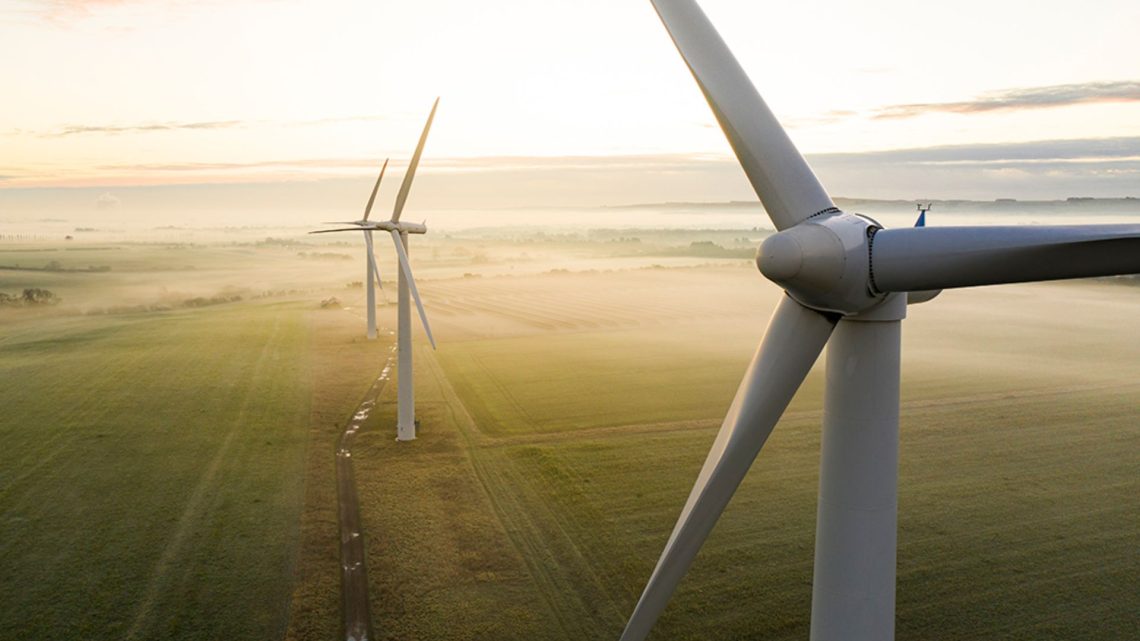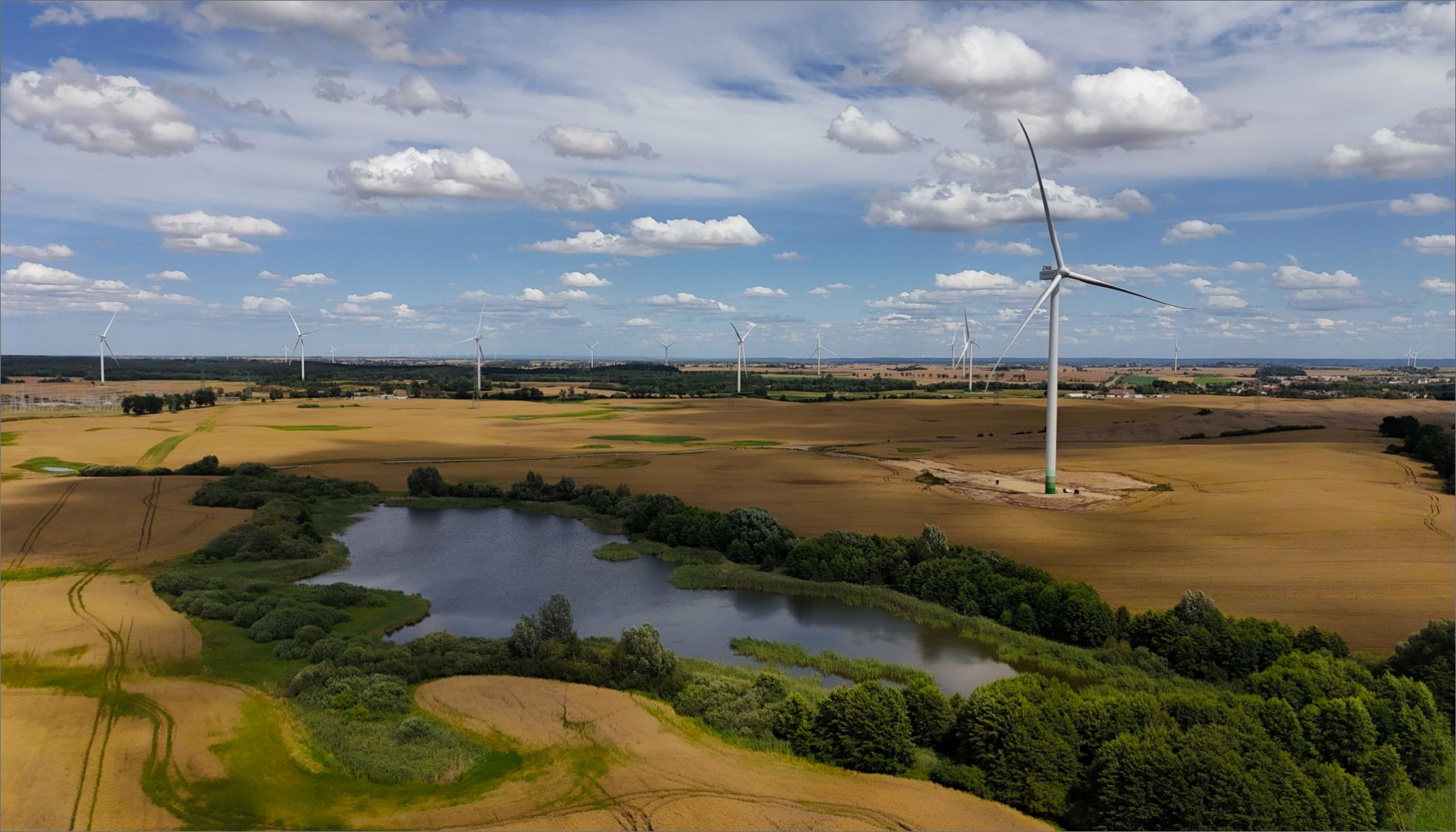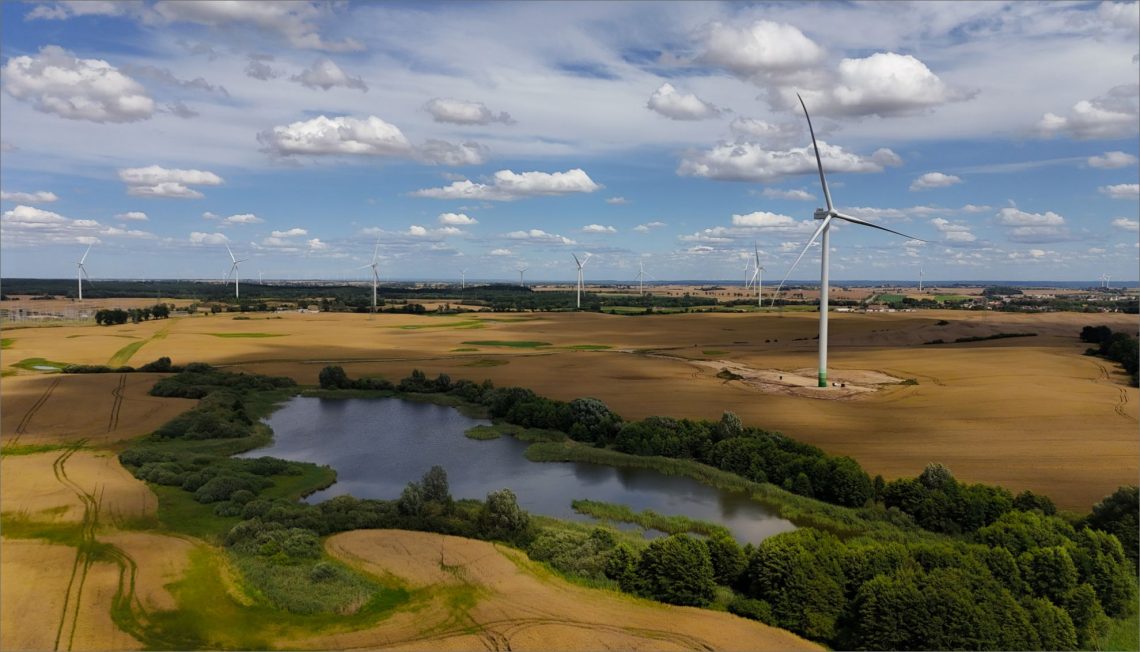In its business activities, Enea S.A. attempts to use recycled materials, e.g.:
- buys recycled disposable drinking cups,
- takes into consideration the origin of purchased office materials, such as recycled PET used for the production of fibers in textiles, e.g. technical clothing, carpets and conveyor belts,
- uses recyclable building materials in its own properties,
- buys recycled paper,
- sends materials containing precious metals recovered from electronic devices (e.g. gold, silver, copper) for recycling so that they may be reused in new devices,
- uses only environmentally friendly materials to create promotional materials.
Enea S.A. does not design products, services or installations, but supports design and construction companies in promoting:
- resource use optimization,
- increasing reuse, repair and recovery rates, e.g. through easier disassembly and more efficient replacement of primary and secondary circuit components in substations,
- logistical processes to ensure the availability of key equipment components during a failure.
Some of Enea S.A.’s business practices are circular. These include partnerships between entities that share resources, platforms for sharing goods (including car-sharing and tool rental), and end-of-life activities.
The Company takes measures to minimize waste generation upstream and downstream in its value chain. It cooperates with suppliers to reduce packaging waste, chooses more sustainable materials and runs circular economy programs at the product design stage.
When planning and implementing waste management activities, Enea S.A. and its subsidiaries apply the waste management hierarchy defined in Waste Framework Directive 2008/98/EC.
In the reporting period, the Enea Group did not incur any considerable operating expenses (OpEx) or capital expenditures (CapEx) on circular economy-related measures. In this context, “considerable” should be construed as expenses or expenditures above PLN 50 million.
